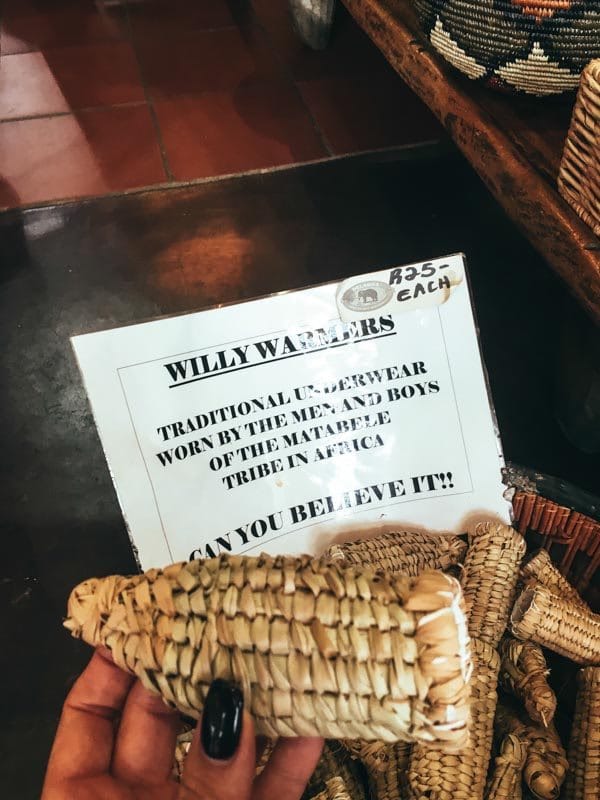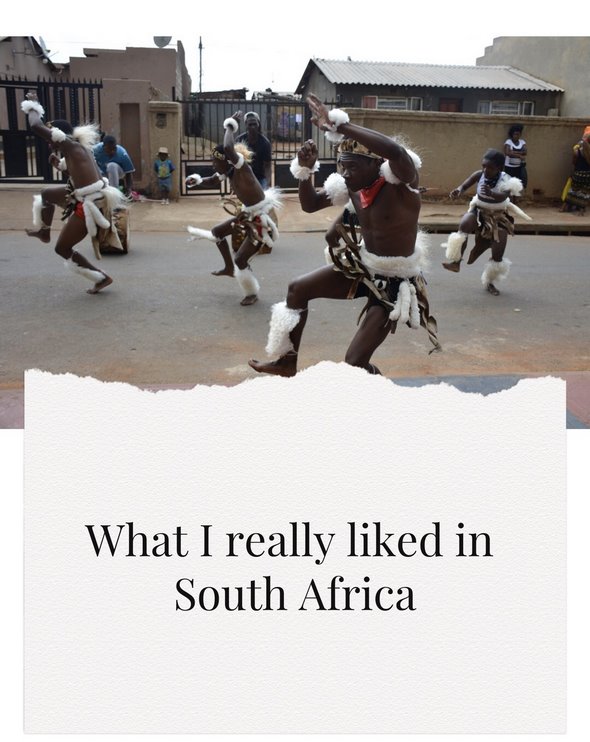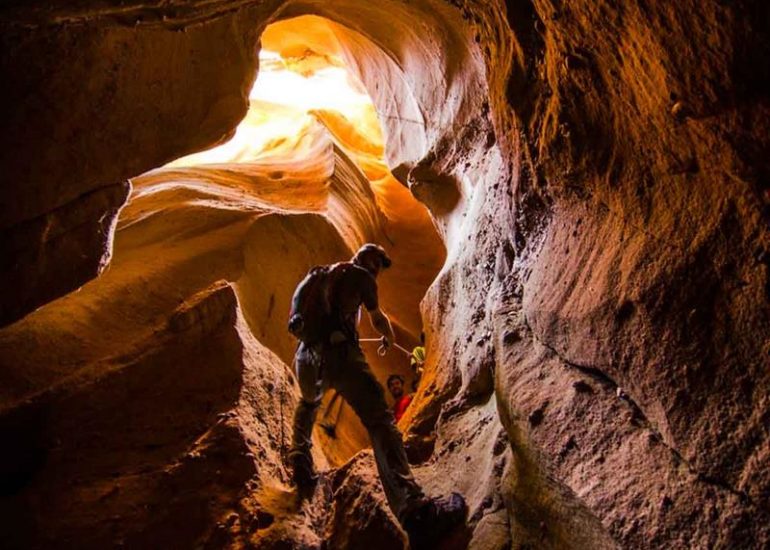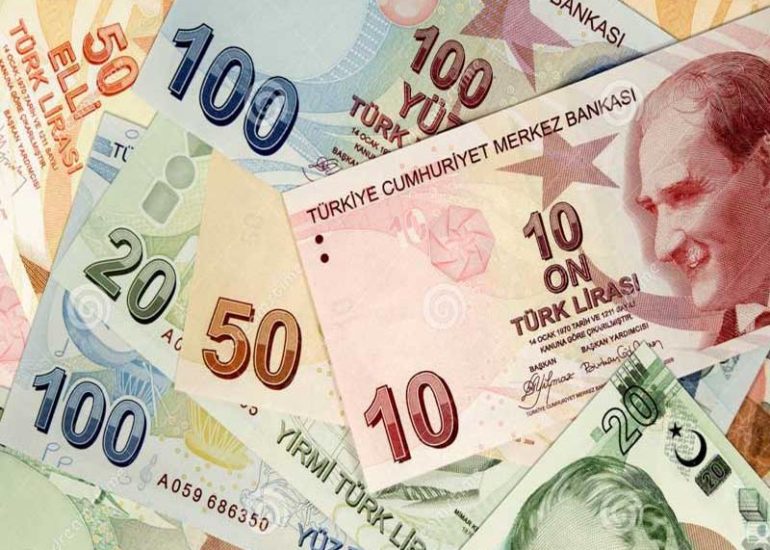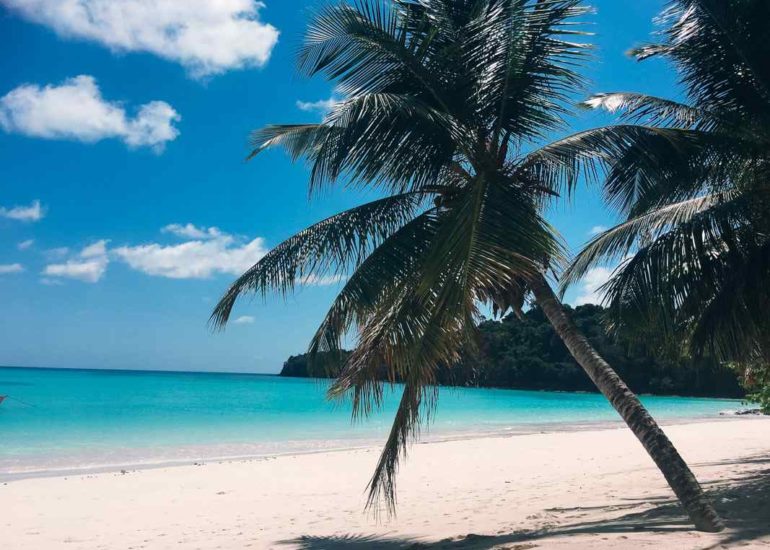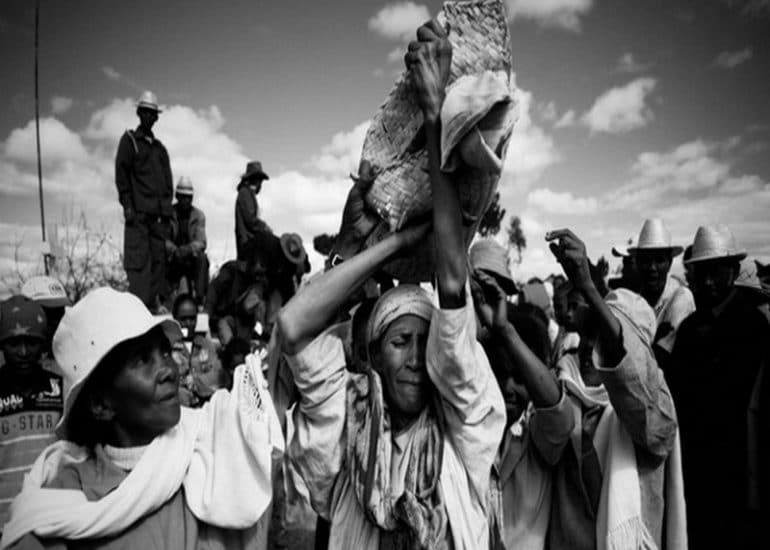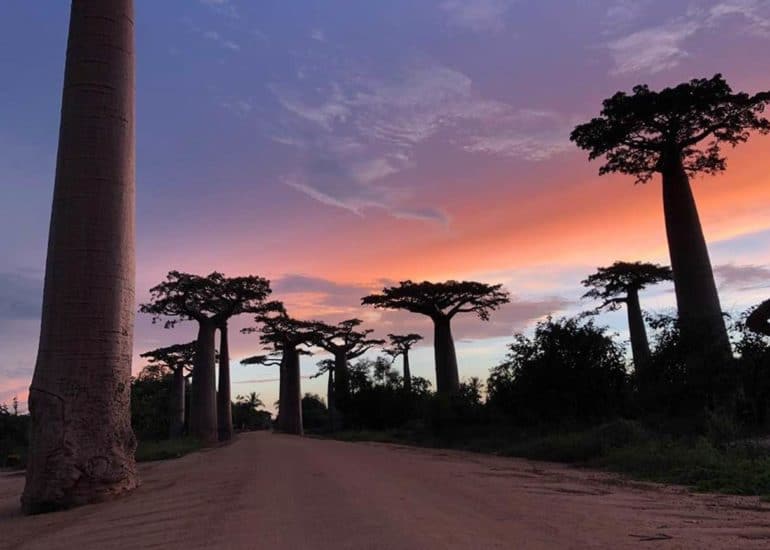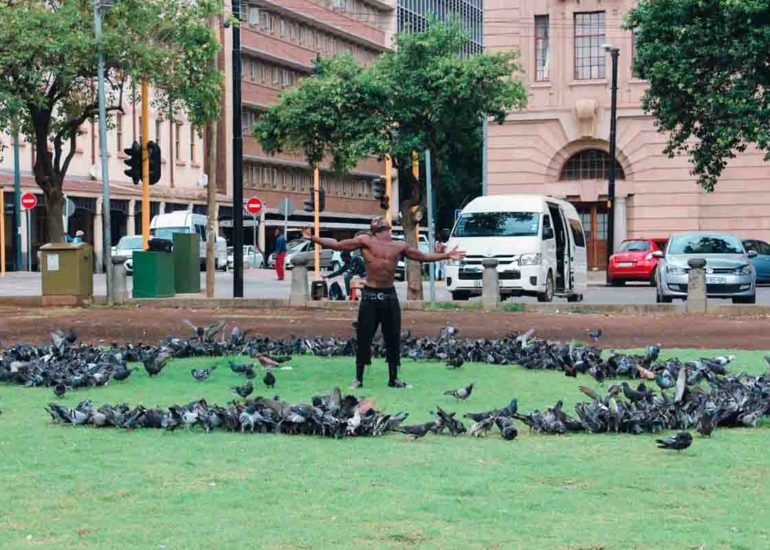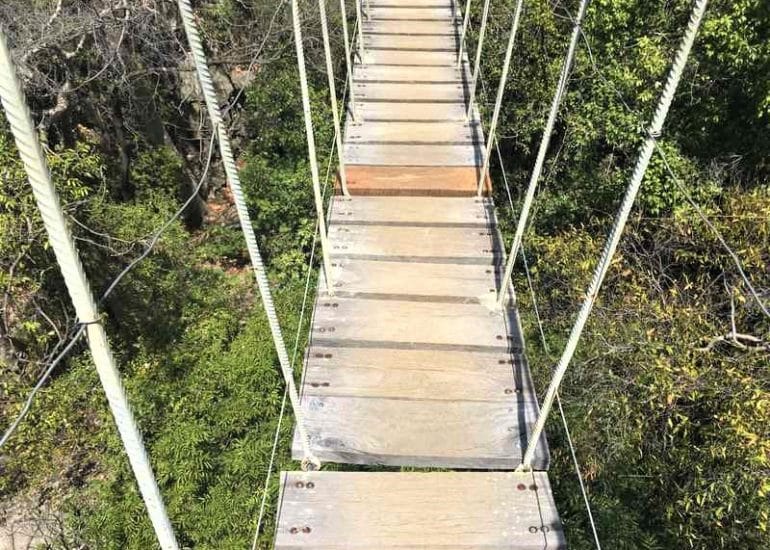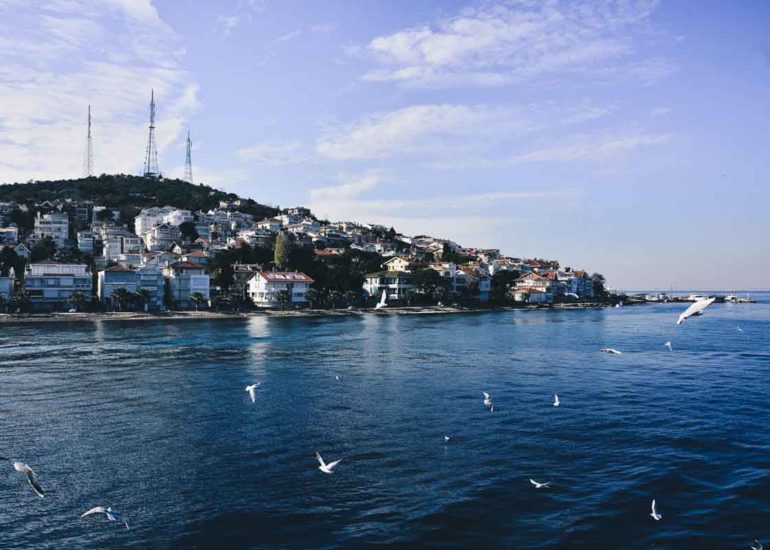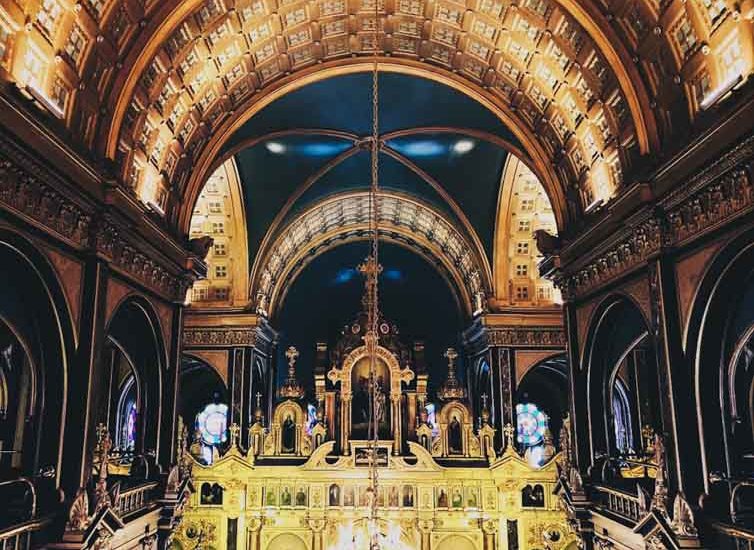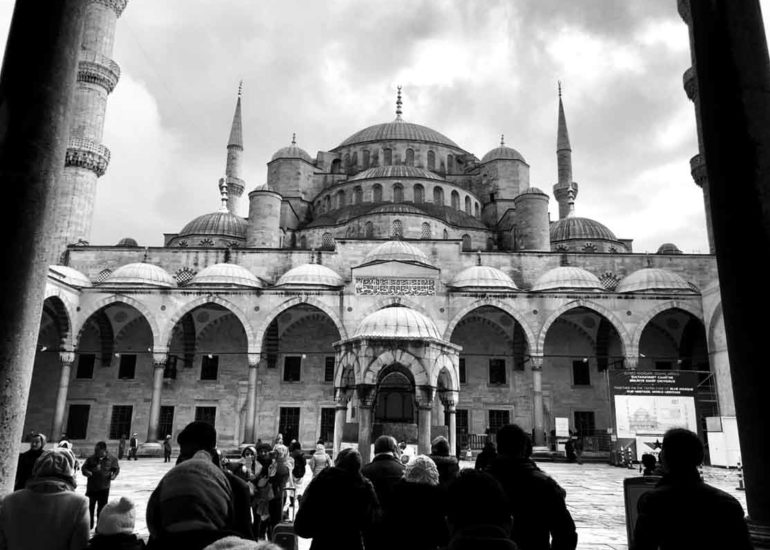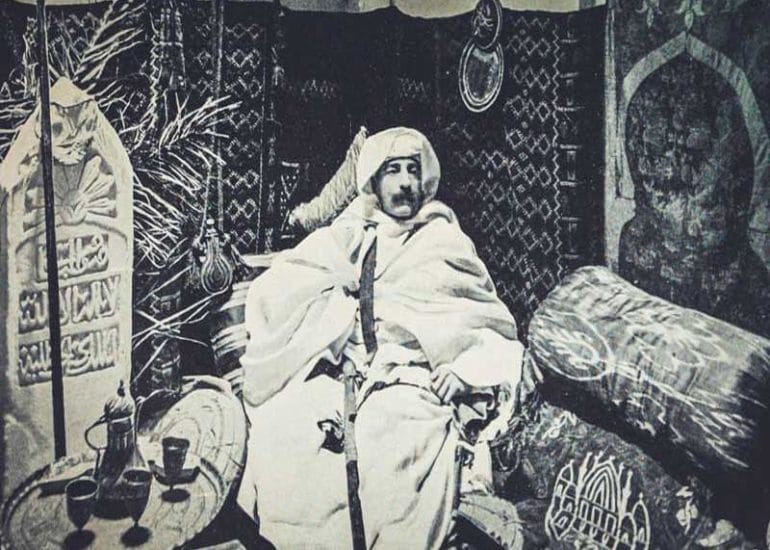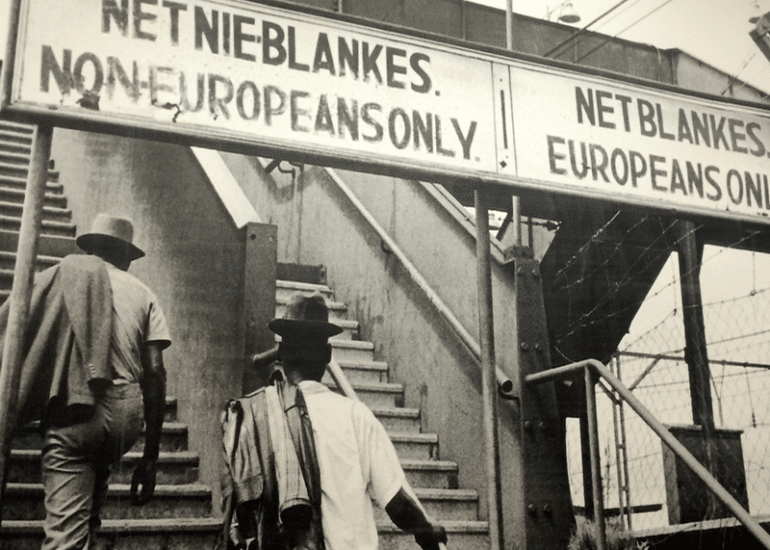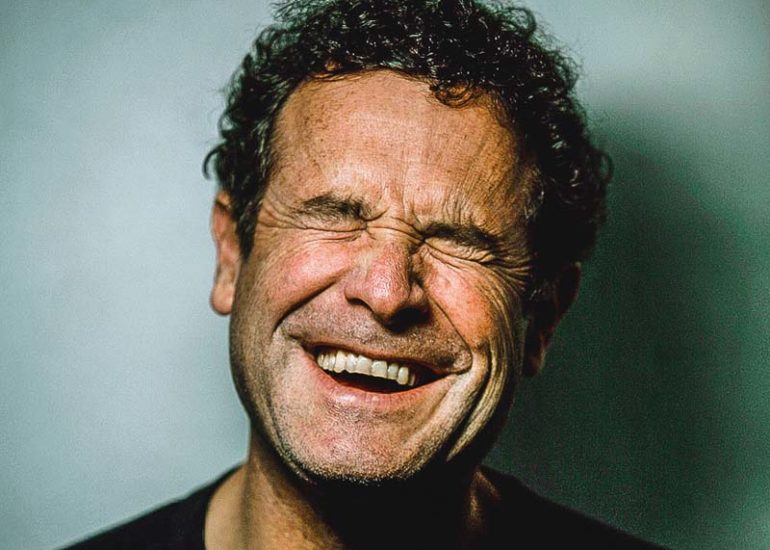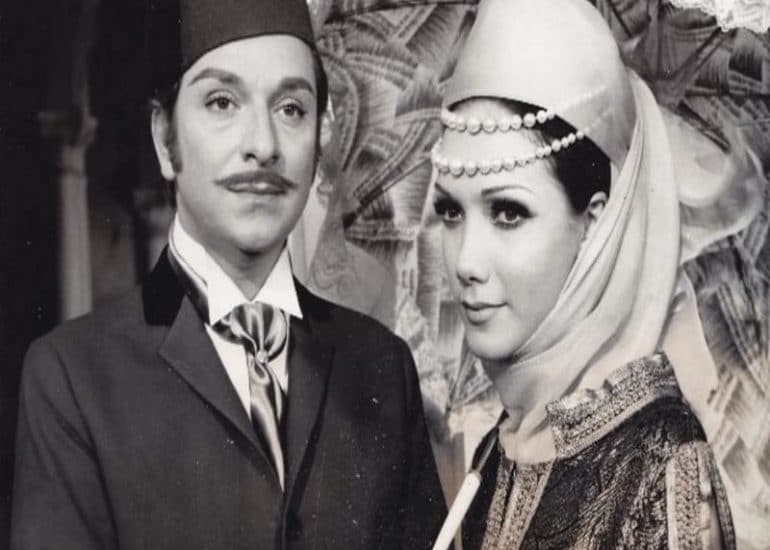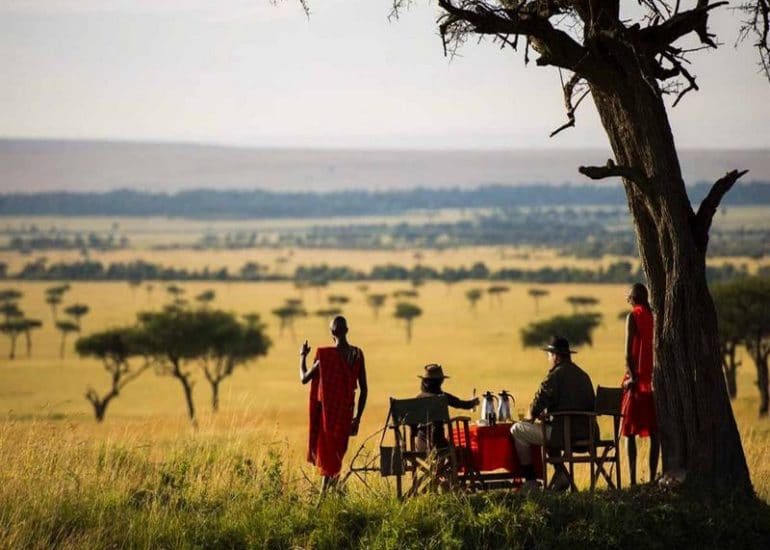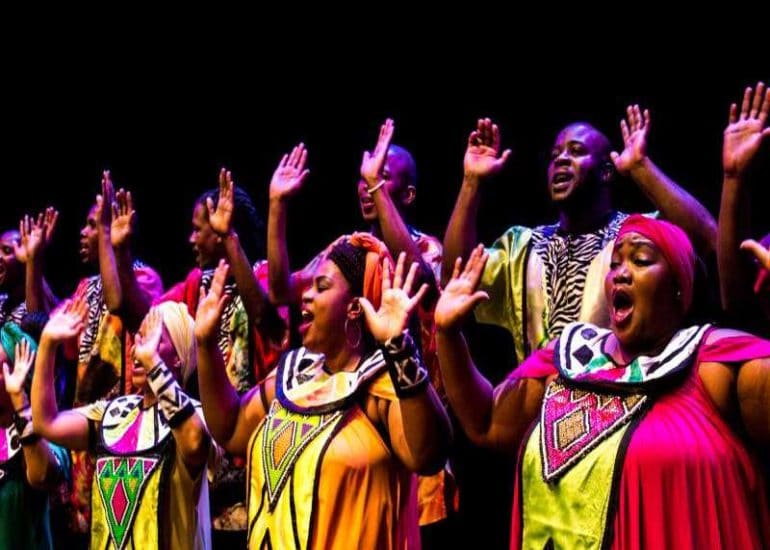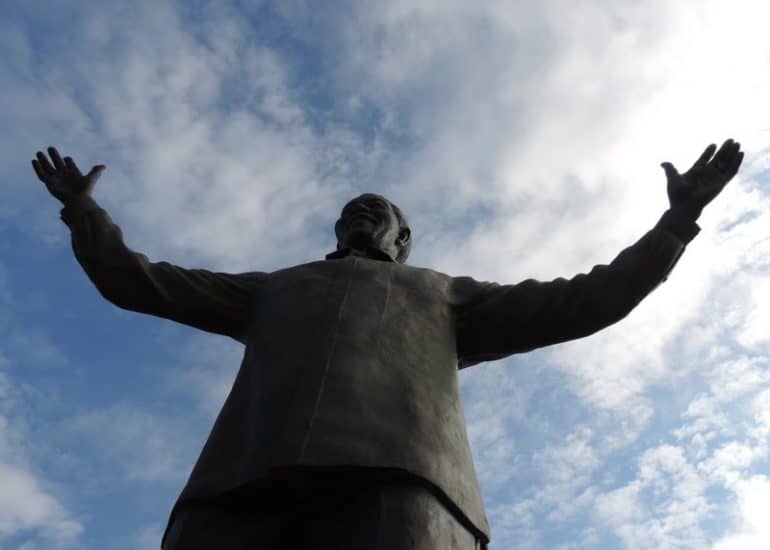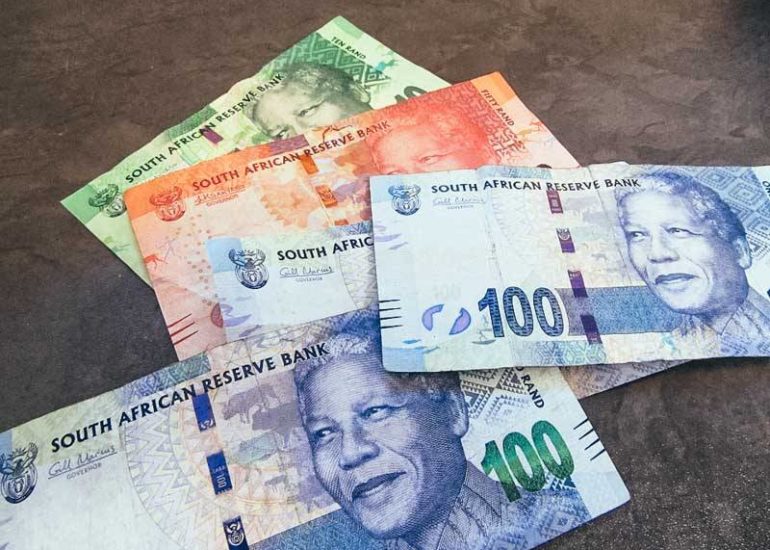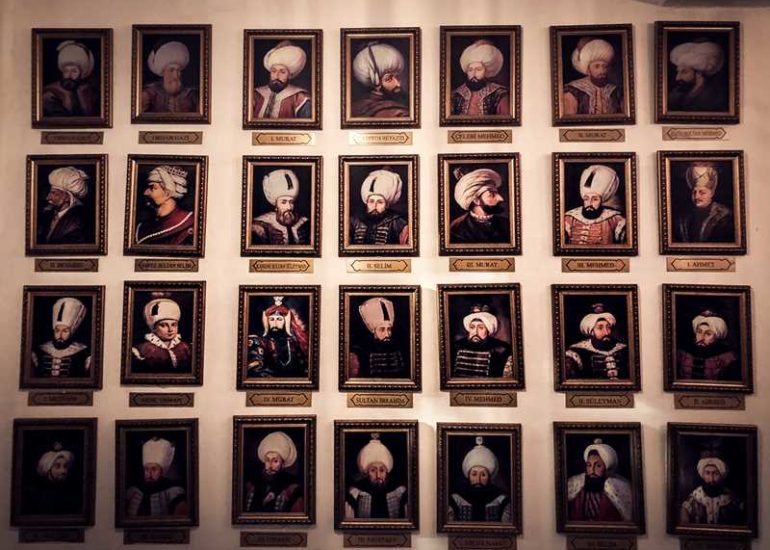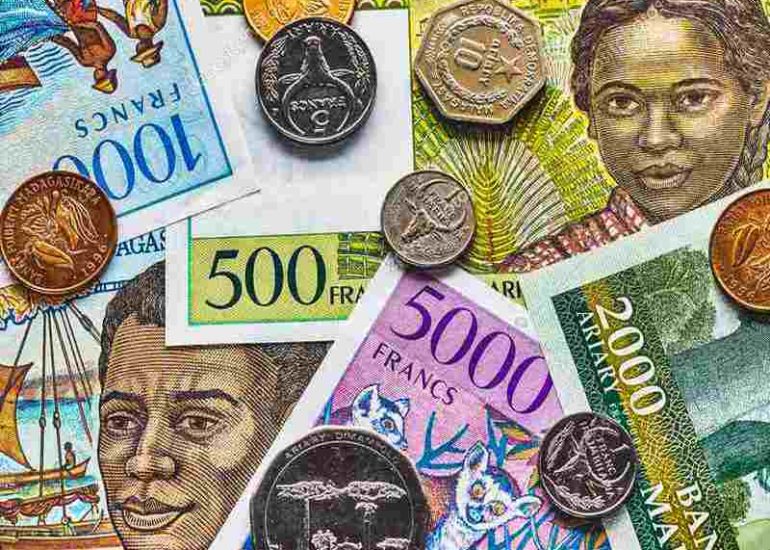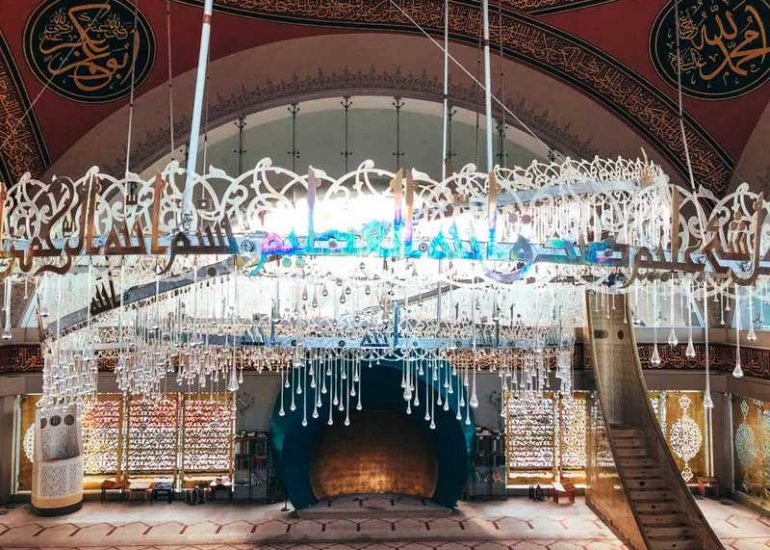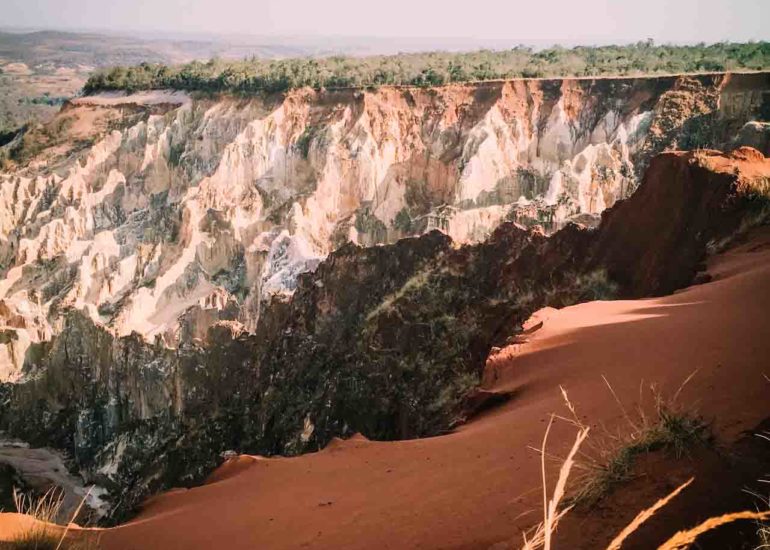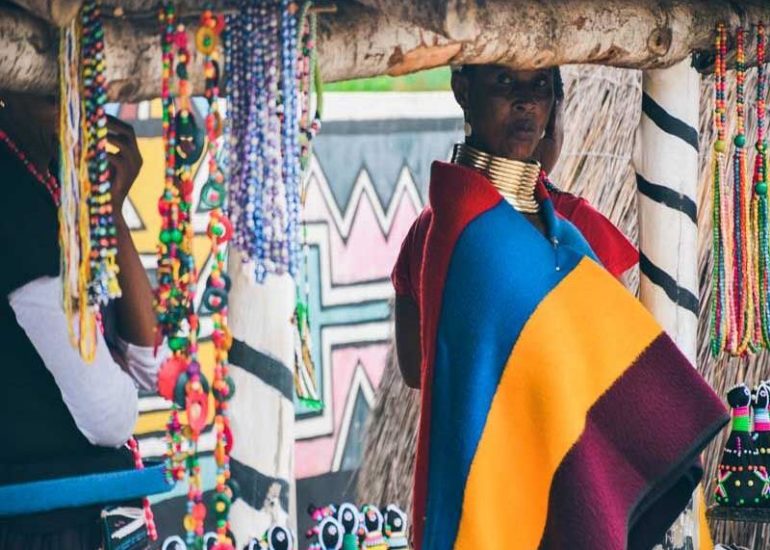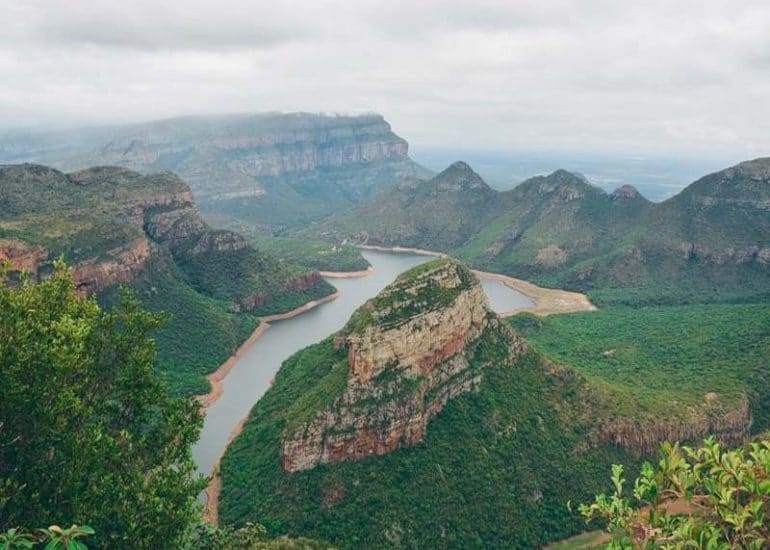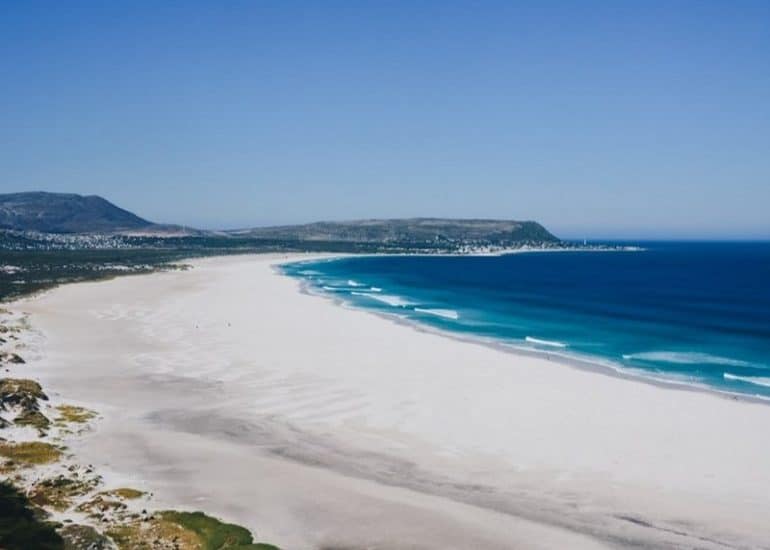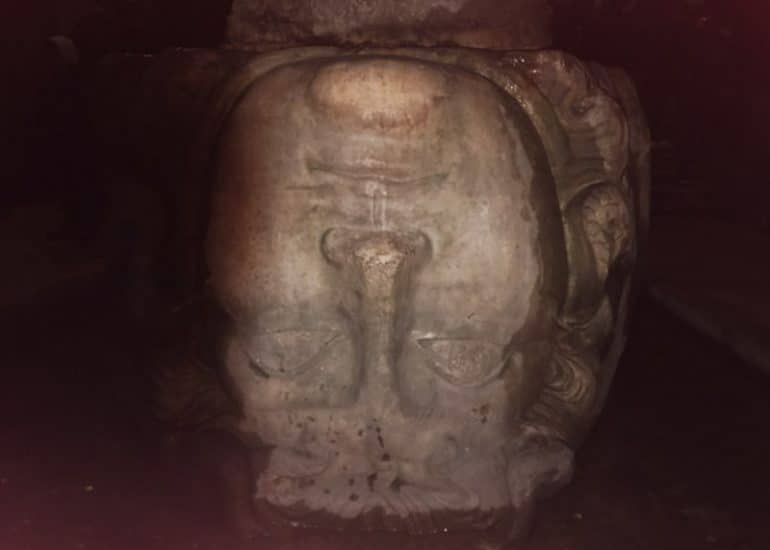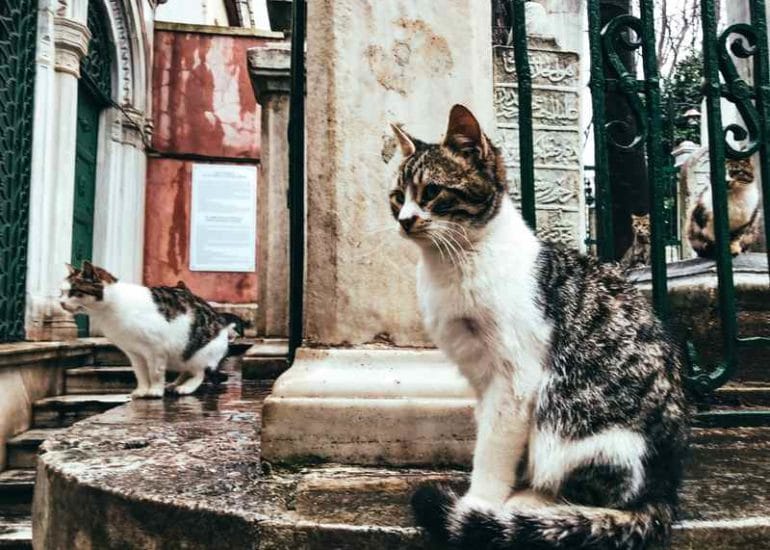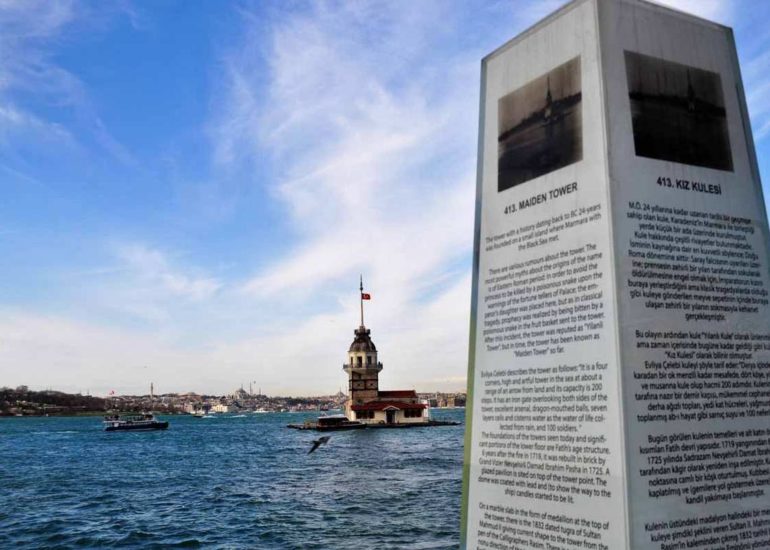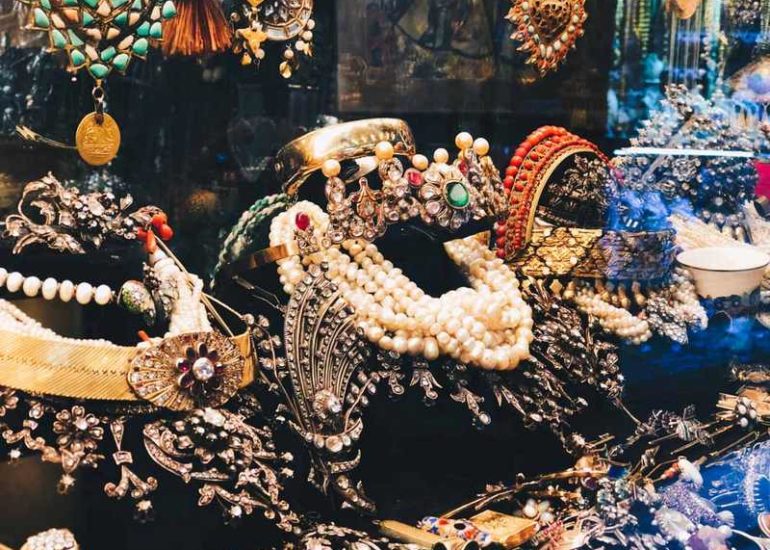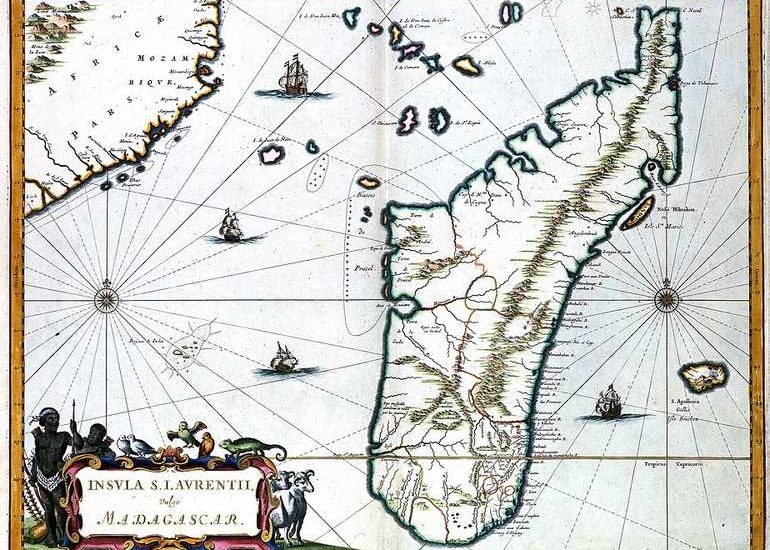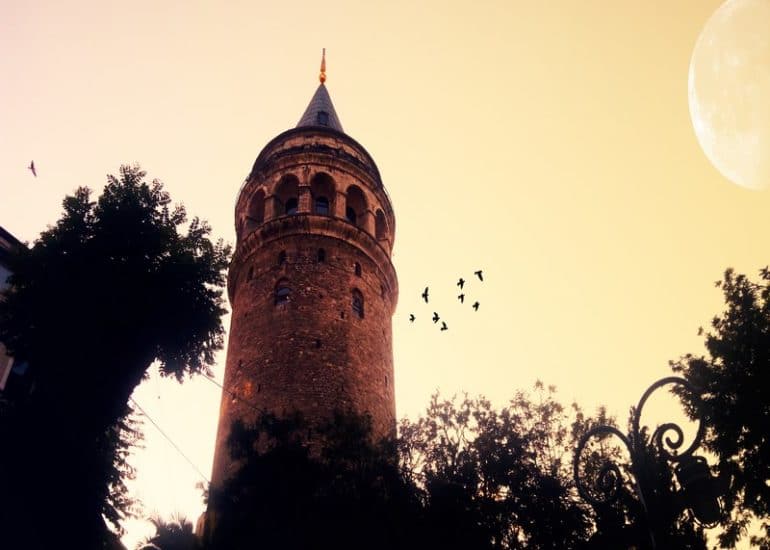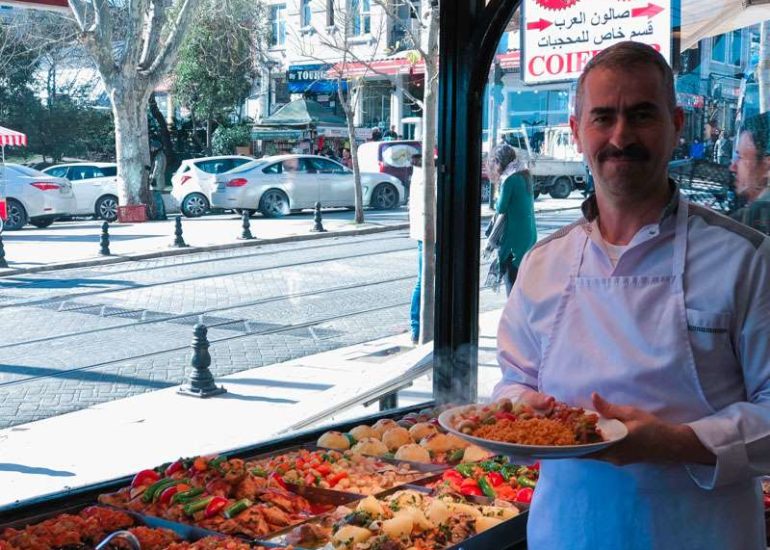Some useful information before going to one of the most beautiful countries of the African continent : Formalities, budget, security, shopping, itineraries and even a lexicon.
Population : 56 millions inhabitants
Area: 1.22 million km²
12h flight from Paris
Airports : Johannesburg and Cape Town
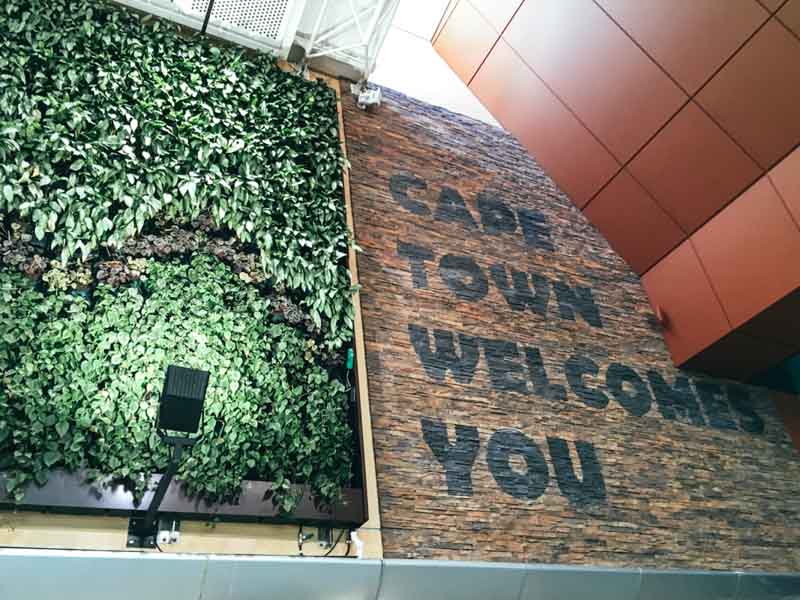
Time difference : UTC/GMT +2h
Currency : Rand (ZAR) / 1 $ = 14.6 rand
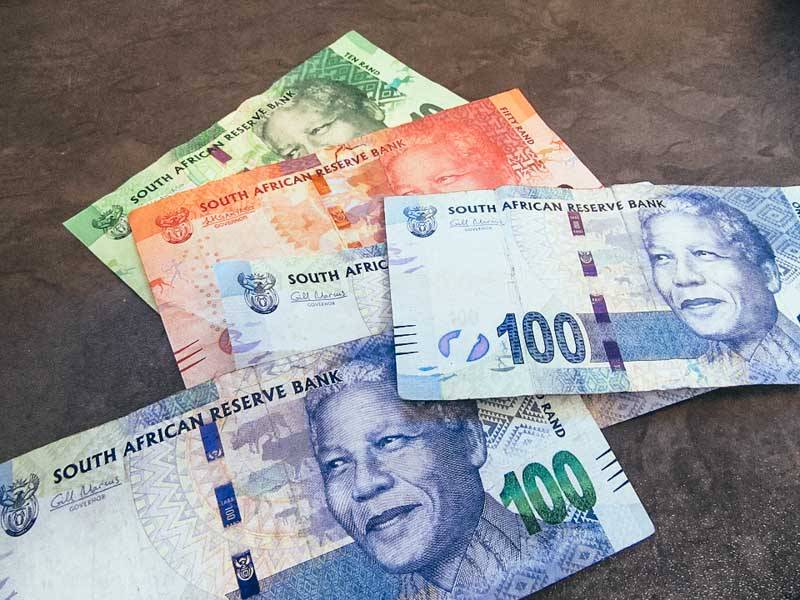
3-pin adapter
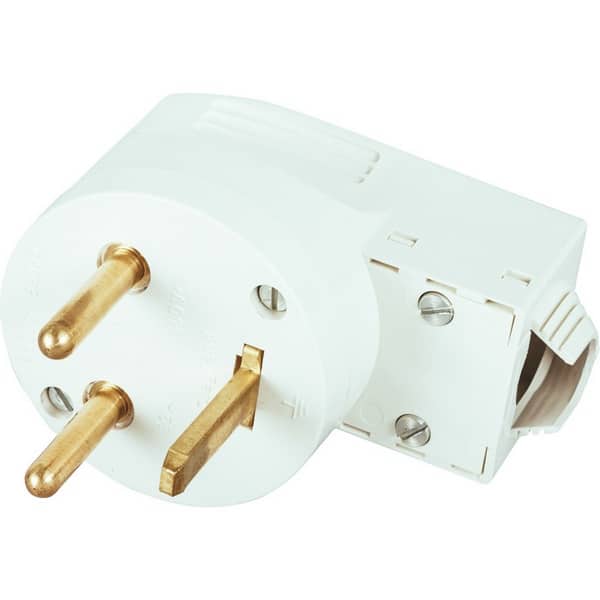
HEALTH / ENTRY
No vaccine or visa is required , just a valid passport (1 month after departure).
However, if you plan an extension in another neighbouring country (to go to Victoria Falls for example), the regulations may vary.
BUDGET
On a tour
For example : From 1760€/pers for 11 days / 8 nights with Capitales Tours (possible extension to Victoria Falls)
By your own
The cost of living is a little cheaper than in Europe, and the hotel supply is rich enough to find its happiness at all costs.
SECURITY
The country is most often visited on circuit for reasons of distance and safety. Some cities still suffering from serious crime, solo travels aren't a good option.
If some areas are safe, do not venture alone in the evening in big cities like Johannesburg or Durban, and especially Soweto. On the other hand the city center and the Waterfront of the Cape are safe.
However, if you’re going on this trip alone or as a couple, don’t wander the streets late and take valuables with you.
It's of course possible to rent a car and the hotel offer and other Airbnb are plentiful.
ITINERARY
If I had to go alone, this would be my ideal itinerary :
- Landing in Cape Town : 3 days on site to stroll the water front, visit the Kirstenboch Garden, climb to the top of Table Mountain + excursion to Robben Island
- Day 4 : departure for the Wine Route: visit of Franshoek and Stellenbosch,
- Day 5 : Road to the Cape Peninsula: Boulder’s beach, Cape of Good Hope, visit of an ostrich farm
- Day 6 : Departure for the native Kwazulu and the Hluhluwe reserve: morning safari then drive to Durban to visit its market
- Day 7 : Departure for Kruger Park: morning safari/ relaxation and overnight at camp
- Day 8 : Departure for Blyde River Canyon/ Night at Pilgrim’s Rest
- Day 9 : Road to Johannesburg: visit to Soweto and the Hector Pieterson Museum. Lunch in a Shebeen, then visit to Pretoria and the Union Building
- Day 10 : Road to Sun City: visit and overnight
- day 11 : Return to Johannesburg/ visit to the Museum of Apartheid/ return flight
WHEN GOING ?
It's possible to go there all year long, although it is advisable to avoid June/July/August, simply because the temperatures can be less warm than in Europe (we don't go to Africa to wear a vest during the day lol)
The country is located on the tropic of Capricorn : the seasons are reversed compared to Europe. When it’s autumn in France, it’s spring in South Africa.
Some areas are more interesting to visit depending on the season : the vines in autumn (March/April), the Garden route in October/November (southern spring).
For safaris, denser the vegetation (during the southern summer) is, less easy it's to observe the animals. For this reason 's better to focus on the period from July to November.
On the other hand, if you want to go on a safari and your only holiday is in April, South Africa will be a very good choice, unless you want to swim among the buffaloes and try to free up your jeep during the rainy season in Kenya!
SMALL LEXICON
Apartheid. The word is of Afrikaan origin partially derived from French, meaning “separation, except”. This is the term used to formalize the practice of racial segregation in South Africa in 1948, but which was already practiced.
Afrikaners. A white South African of Dutch, French, German or Scandinavian origin.Almost all the whites of the country.
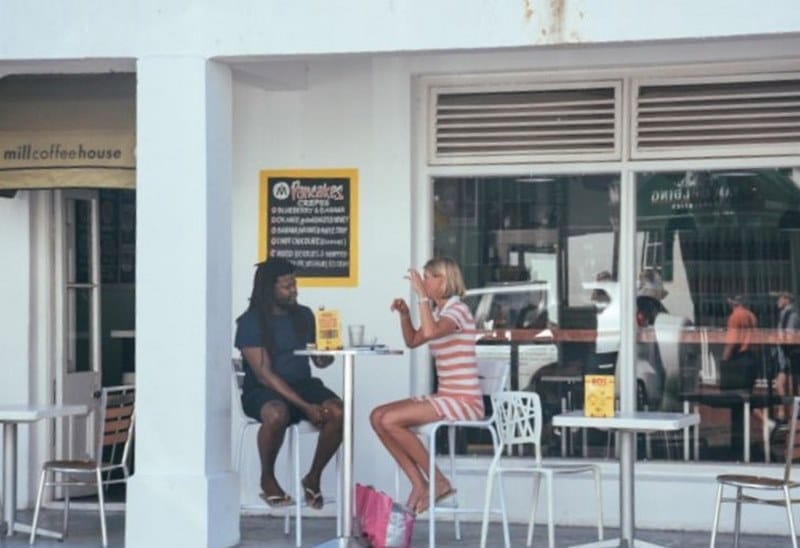
Afrikans. The language of Afrikaners. A mixture of Dutch, Portuguese Creole and Métis language.
Boers. Dutch settlers and by extension their descendants.
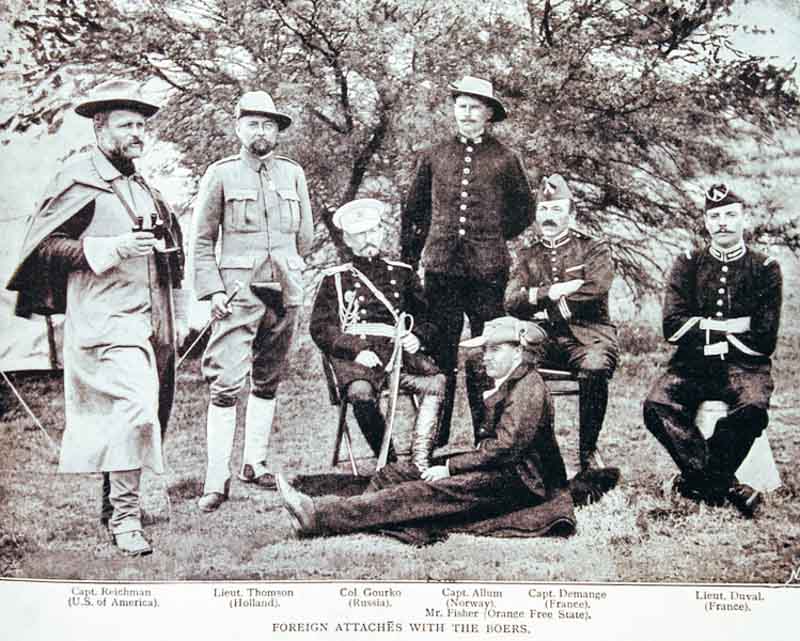
Bobotie. Typical dish, made from spicy ground meat, broiled in the oven with a topping made from egg and bread soaked in milk. A delight !
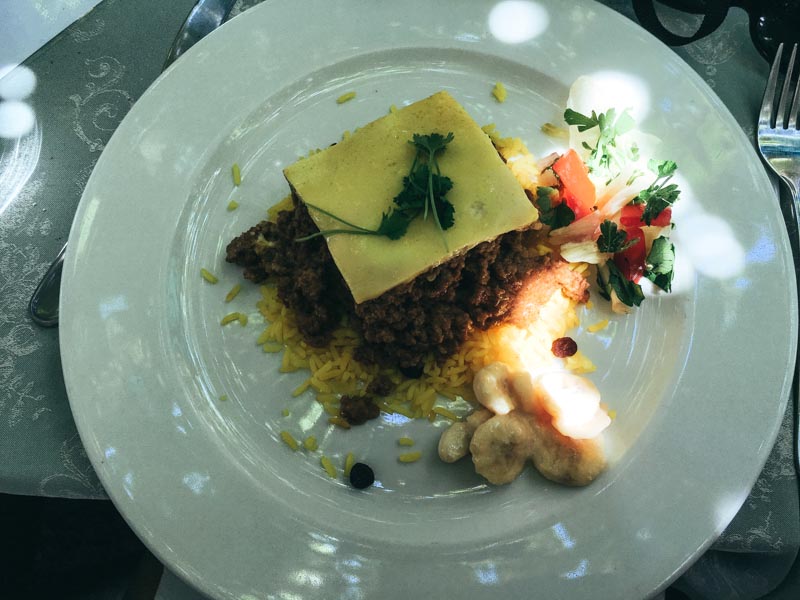
Township. A neighbourhood on the outskirts of cities, reserved for non-white populations (black, Métis, Indian). They were forcibly displaced during Apartheid. Soweto is the largest township in South Africa, but there are townships across the country, close to major cities.
Shebeen. A popular township restaurant, an important meeting and exchange venue during Apartheid, usually held by a woman.
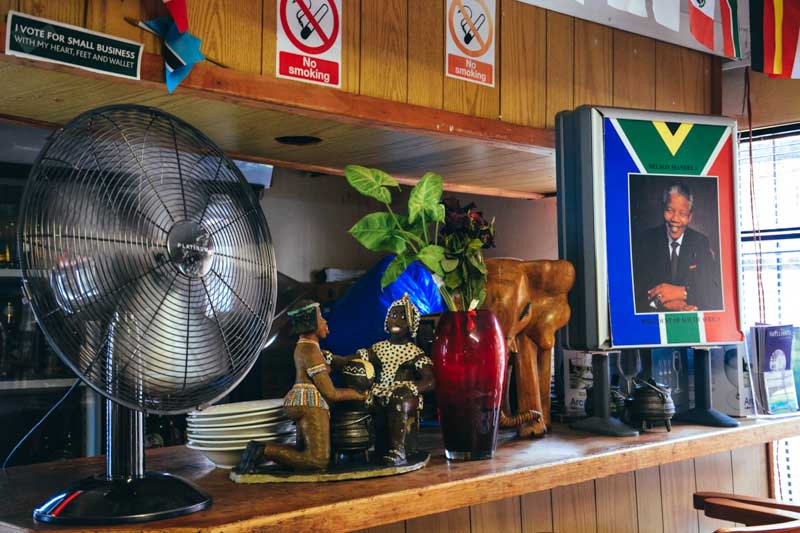
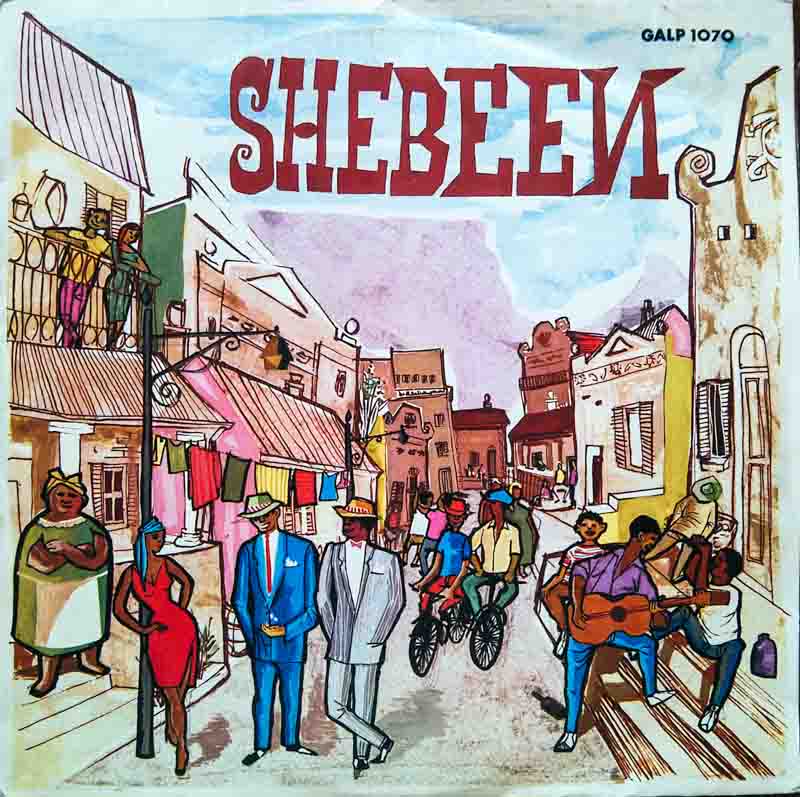
Cape Dutch. Afrikaner architecture of Dutch type. It can be found in the cities of Graaff-Reinet, Stellenbosch, Swellendam and Tulbagh.

What to shop there ?
An ostrich egg mounted in a lamp, for your curiosity cabinet.
While the coloured patterns are a bit cheesy, some with more sleek patterns are very pretty.
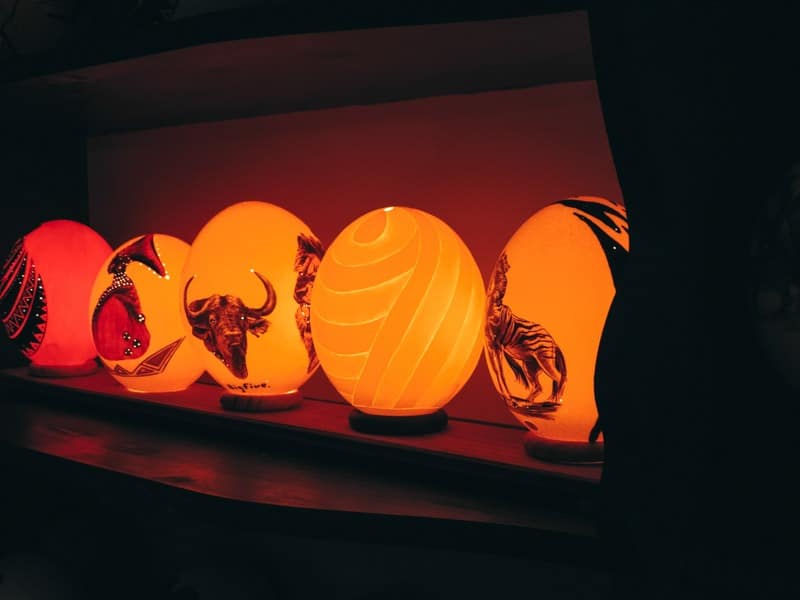
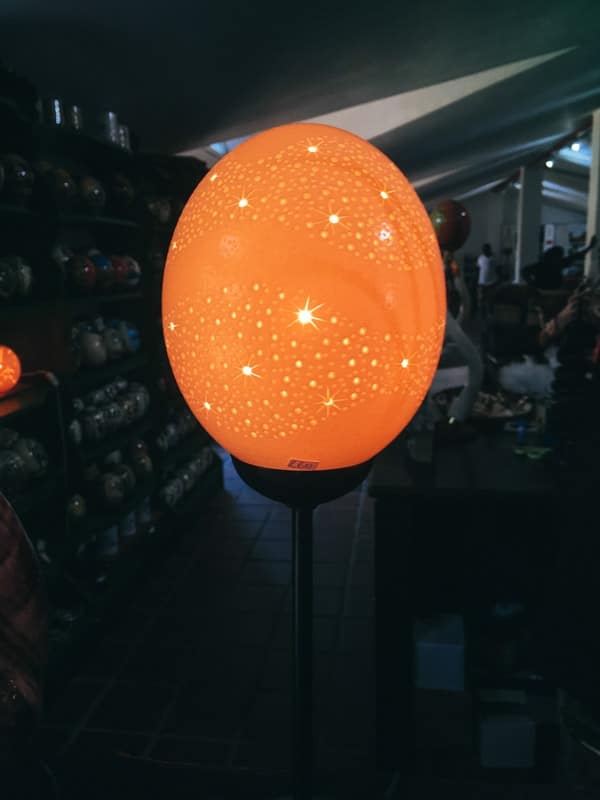
Boas in ostrich feathers.
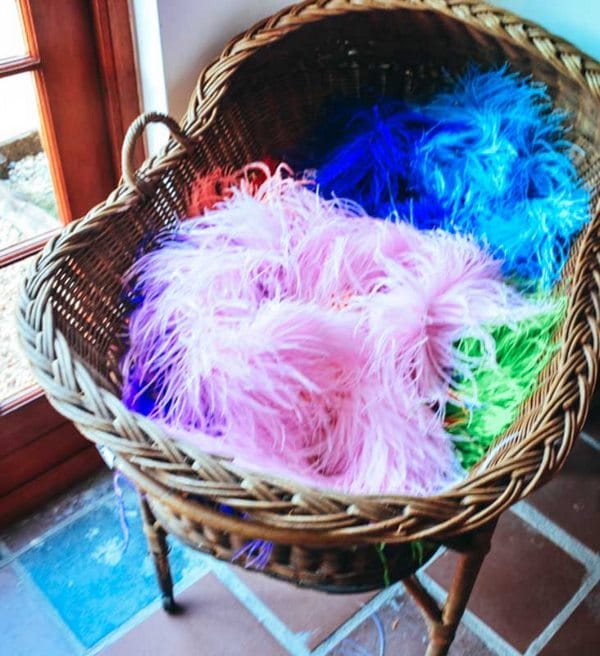
Rooibos, the South African "tea", isn't exciting like the real tea, you can eat it in the evening.
It doesn’t have the acidity of the tea, its flavors are sweet, its aromas intense. I love it.
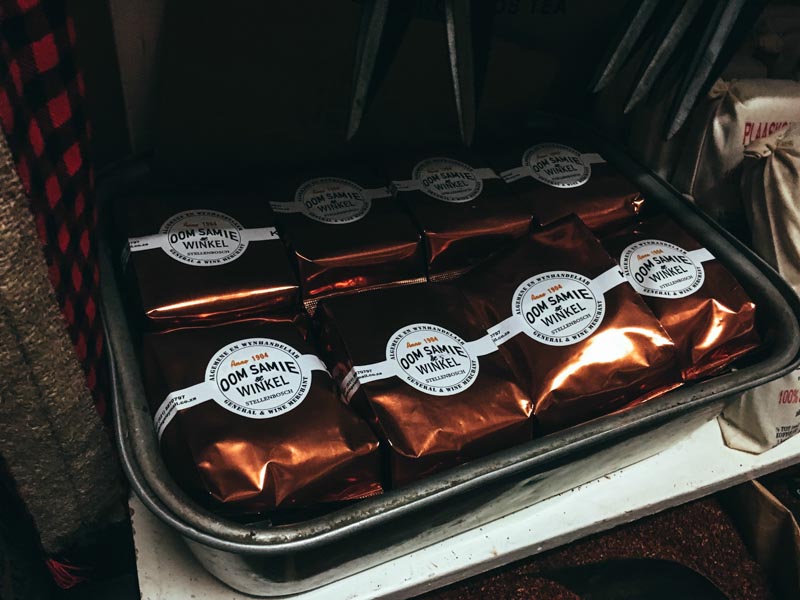
A diamond set jewel, in Kimberley (Culinan Mine).
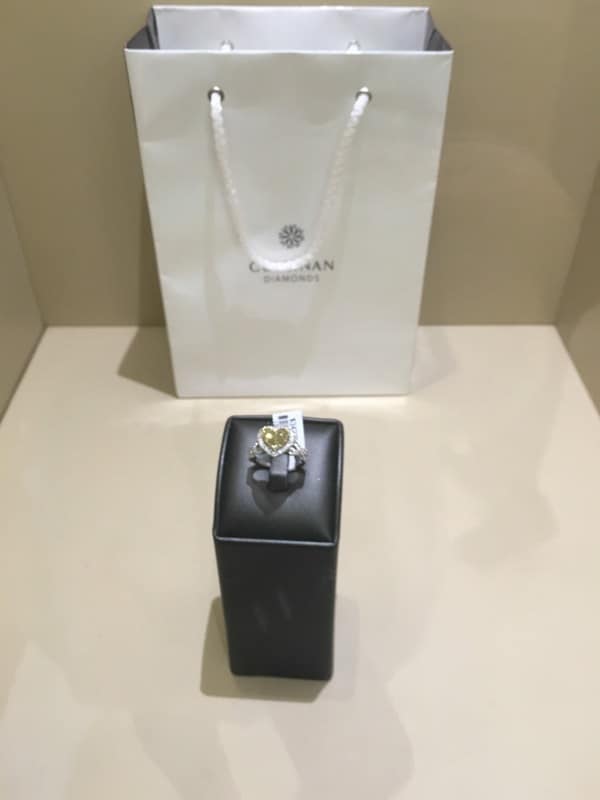
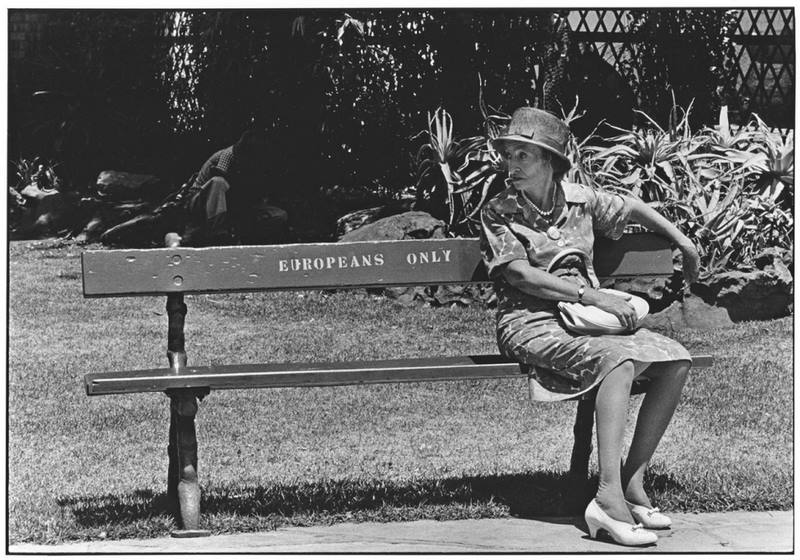
Wine in Stellenboch, or Amarula, an alcohol made with Marula fruits
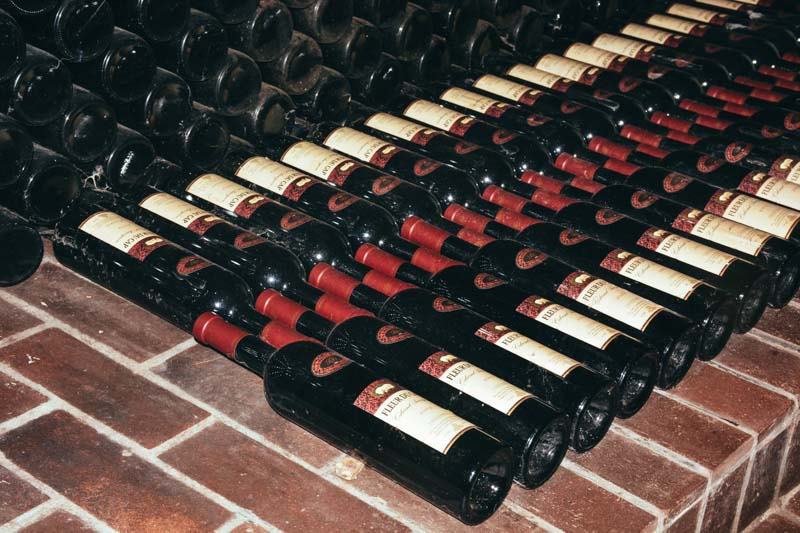
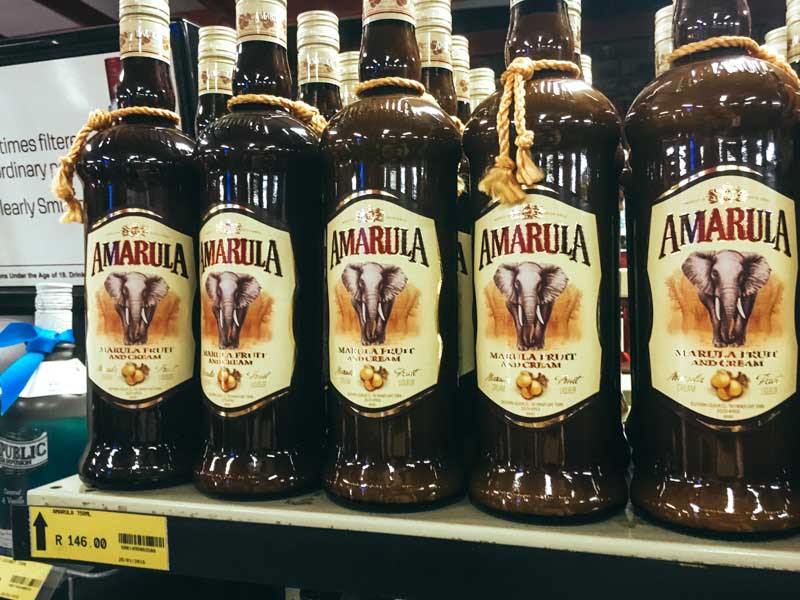
Some African decoration : baskets, fabrics, skins, masks
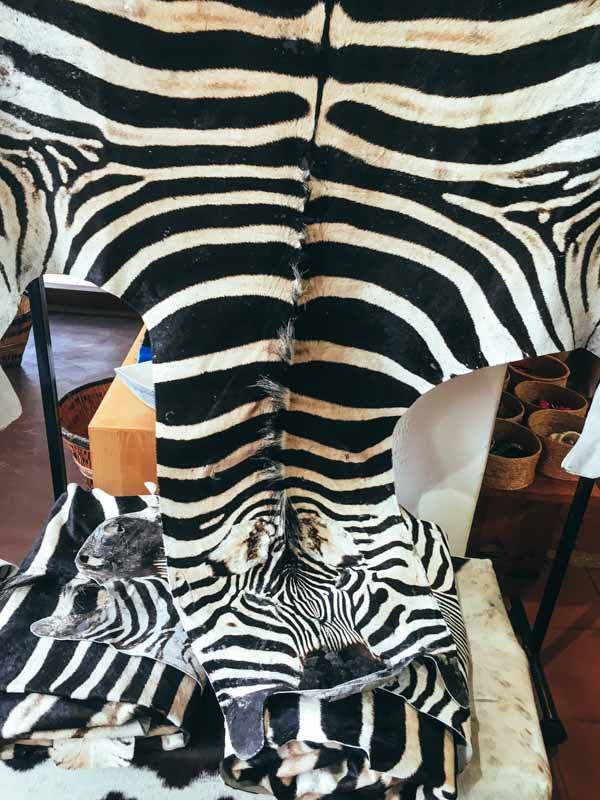
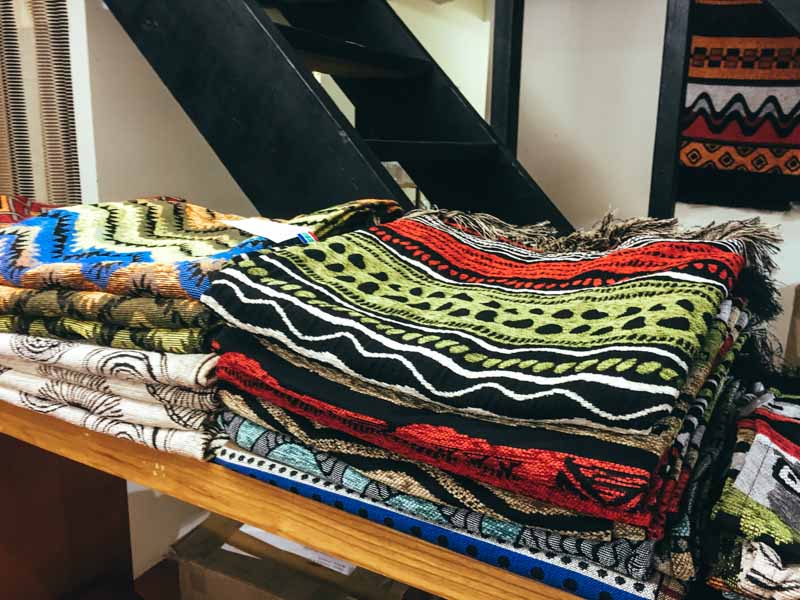
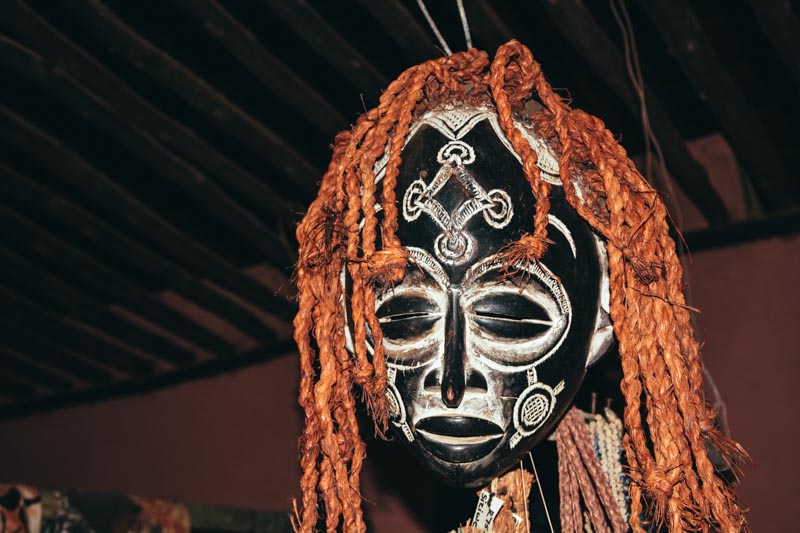
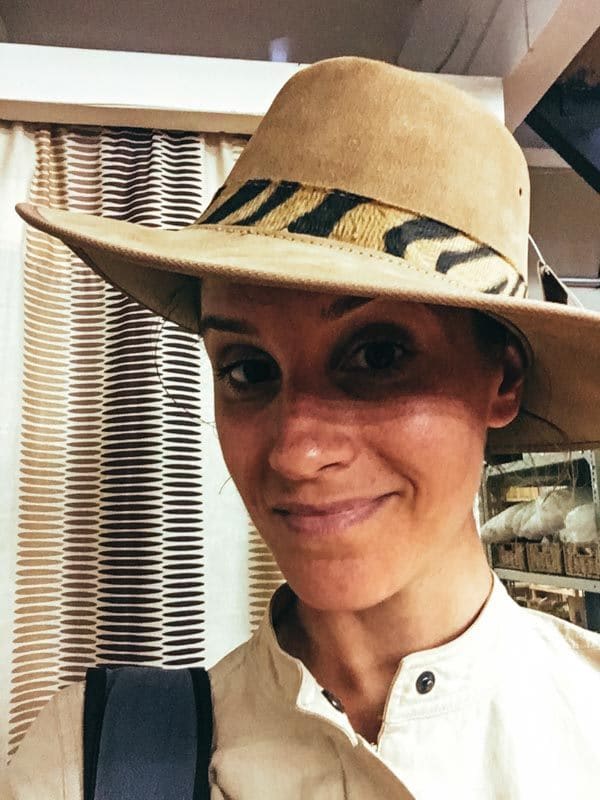
A hat that Hemingway wouldn't have disowned (but difficult to wear out of context lol)
Or more surprising things !
